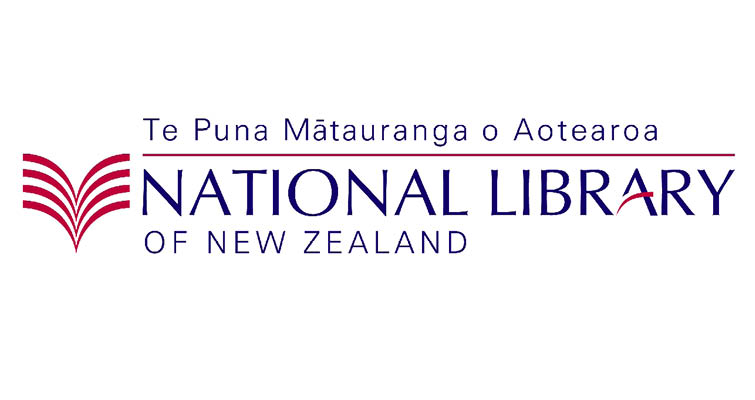
In 2003, as the role and function of information professionals and of libraries were rapidly evolving, Penny Carnaby was appointed New Zealand’s National Librarian. The extroverted, ‘big picture thinker’ joined amid a tense debate about the purpose of libraries, and at a time when the managers of the restricted and scholarly Alexander Turnbull Library were feeling particularly vulnerable. Increasingly desperate to protect their collection and their reputation from a radical, largely digital restructure, the Friends of the Turnbull had recently brought the whole process to a standstill with a court injunction, supported by the Labour Party. As the outgoing National Librarian, Chris Blake lamented, there was little ‘wriggle room’ to reduce staff numbers and cull 40,000 books, against a conservative collections policy and the furore of the tightknit librarian community. Carnaby now faced the challenge of bringing New Zealand’s National Library into the 21st Century, while alleviating her staff’s fears for the safety of the nation’s heritage preservation.
This case study can be used to discuss the strategic alignment of an organisation facing the rapid evolution of its role; aspects of leadership including whether a visionary leader who has raised the external profile of an organisation can also effect culture change; the relationship between organisational and physical design, and the issues arising when an organisation includes multiple cultures, some with deeply entrenched differences.
Read more:
- Part B is designed for fuller discussion of issues relating to organisational design, culture and culture change, and leadership style. It could be used as the main focus for discussion, with part A used for background reading.
- Part C acts as an epilogue, describing funding cuts made, their implication, and some arguments for and against digitisation of library resources.
- Authors: Janet Tyson
- Published Date: 29 July 2009
- Author Institution: ANZSOG
- Featured Content Length: 5
- Content Length: 10
- Product Type: Part A, Primary resources
